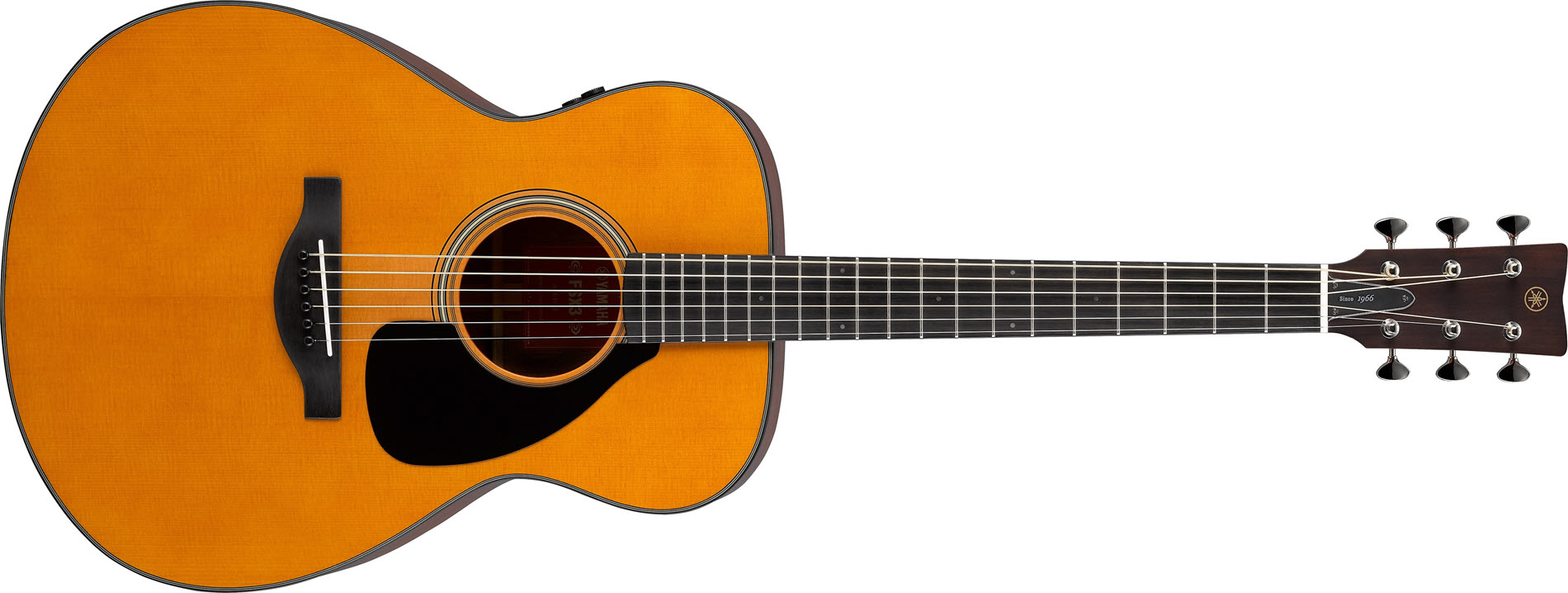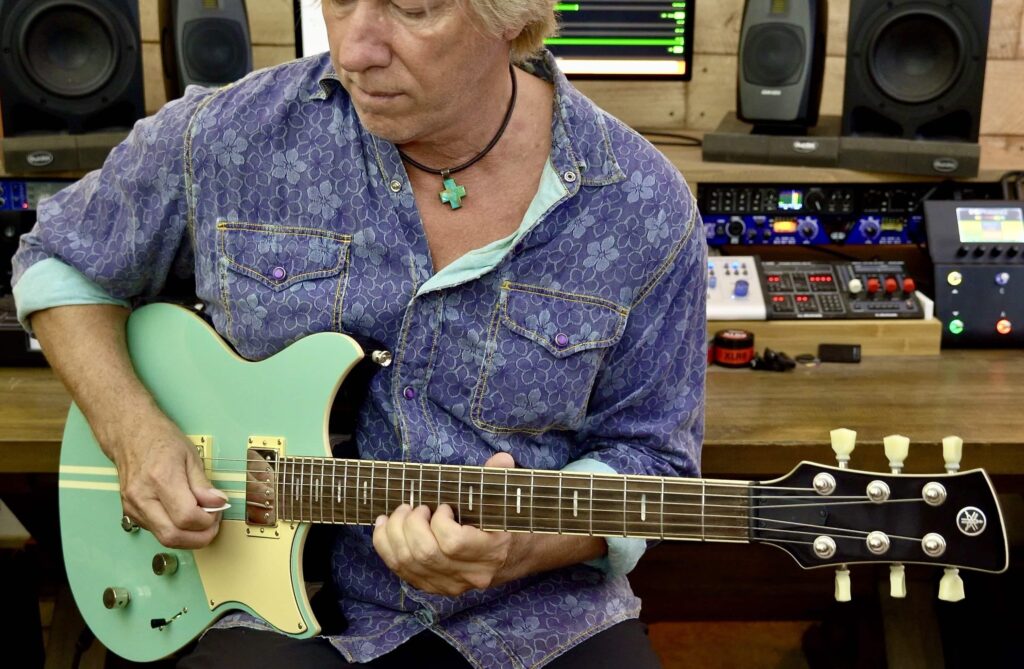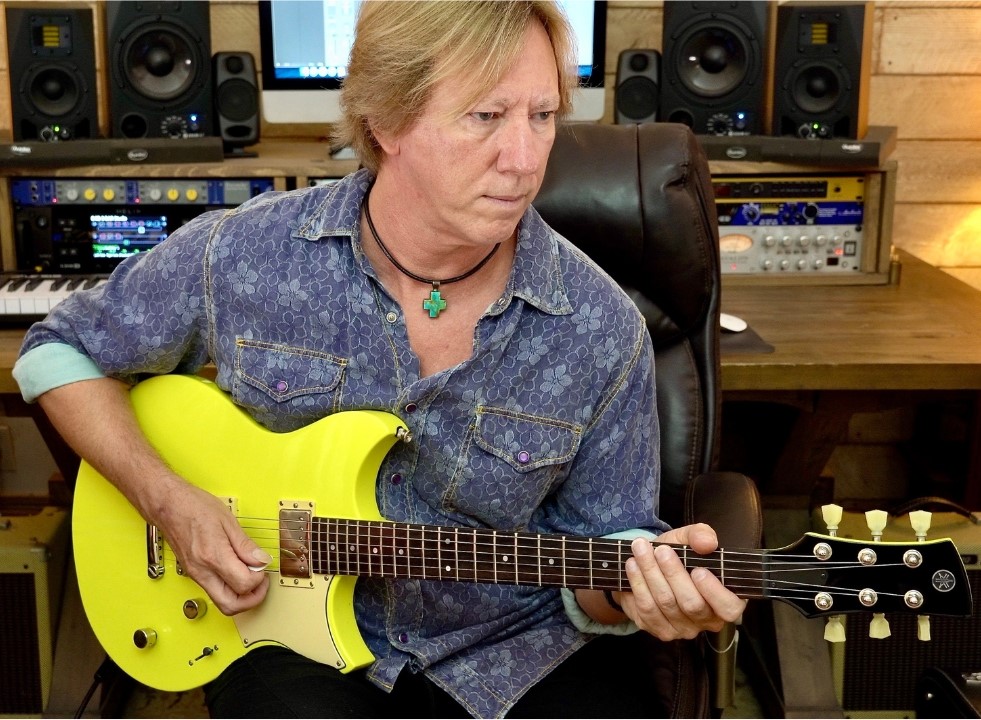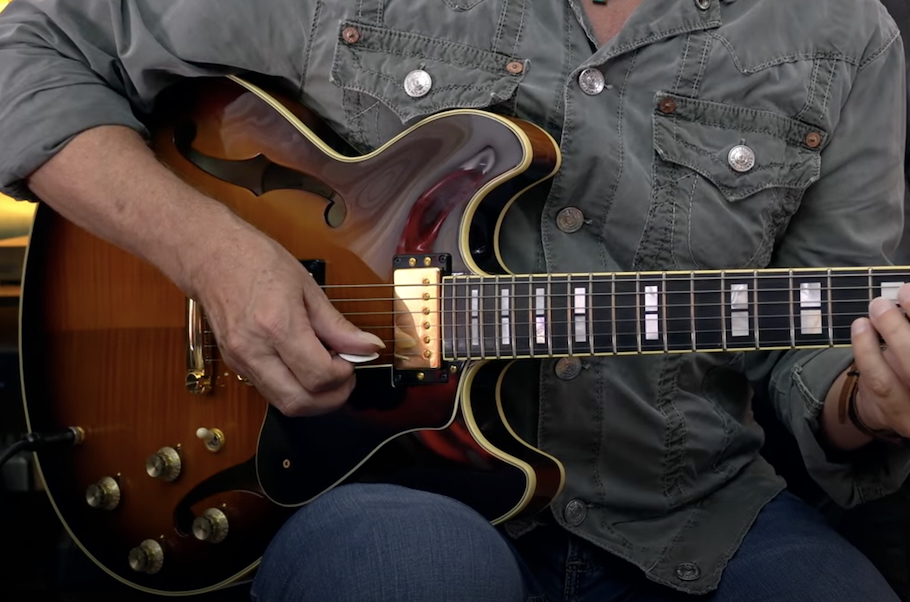How Music Supports Core Academia
Providing a lifetime of benefits.
I wish I’d paid more attention in school.
Much of my time in the classroom was spent staring out the window, drawing cartoons in my notebook instead of taking notes — the whole time wishing I could be anywhere but there. The music lessons I received as a young child consisted of basic notation, rhythms, singing nursery rhymes and playing instruments such as wooden blocks, tambourines, cowbells, and recorders … most of them broken. Even the instructor’s piano was out of tune.
Given that I was listening to classic rock music at the time and had designs on playing the guitar, those moments didn’t exactly get my heart pumping and my head banging, and I think that many of my fellow students felt the same way.
Despite my personal experience, I actually think music education is one of the most powerful tools we have in our school systems. In fact, I’m extremely passionate about the subject and have spent a great deal of personal time and money working on curricula to support guitar instruction at school.
There are many ways students can benefit from an artistic pursuit like learning music, which also supports and enhances other core academic studies. Let’s look at a few of them.
Music is a Language
As I noted in a previous blog posting, music is a language. And like any language, it allows you to share information. Let’s compare — and make a few analogies between — the English language and musical linguistics.
Just like other languages, music is neatly organized in measures or bars of sound, the same way that a sentence is constructed from the placement of individual words. Larger sections of music, or movements, are placed within brackets that we could consider harmonic paragraphs.
The Western musical alphabet consists of seven “letters” that are further expanded with sharps and flats to give us 12 tones with which to compose our melodic literature. We string together specific tones in specific orders to create melodies, motifs and themes as the focal point of a topic. Chords are combinations of tones that resonate harmonically as “words.” Rhythms deliver musical phrases in particular ways, enhanced by silence and dynamics, to set the overall pace, tempo and delivery — the same as in any other spoken and written language.
Like great literature or art, music contains emotional content too. A ballad in D minor may evoke feelings of immense sadness, much like a movie about a breakup, while the uptempo groove and major tonality of a pop song can motivate us to reach greater heights, much like that of a memoir or a self-help paperback.
Subliminally, everyone interprets the language of music as sounds that they either like or dislike — something known as “taste.” (And we certainly all have particular musical tastes!) But a deeper understanding and study of the musical language lets us appreciate it even further, and that’s a big part of why musical studies are so important to core academia.
Physical Coordination
Playing a musical instrument requires the use of both hands. For instance, when playing guitar, the fretting hand creates the harmonic and melodic phrases, and the picking and strumming hand makes those tones sound out with rhythm and dynamic content.
Learning to play an instrument trains us to coordinate tasks between both hands with precision and feel — and even if you don’t end up being a professional musician, these are important skills to have regardless of your chosen avocation.
Ear Training
Learning to play music also sharpens your listening skills — something that can only add to your aesthetic enjoyment of life in general. Every instrument offers a huge variety of sounds. For example, a guitar can be acoustic or electric, hollow-body or solid-body, classical or steel-string … and then, of course, there’s a universe of effects that can be added. Learning to coax those different sounds out of your chosen instrument will help train your ears so you can better appreciate the sounds that are all around us, from the crescendo of a mighty orchestra to the whisper of a soft breeze.
Eye/Hand Coordination
Learning music also helps to train your eyes to recognize notes, rhythms and chord shapes on the written page, and, in the case of a stringed instrument like guitar or violin, on the fretboard or fingerboard. Smaller shapes reside within larger shapes. It’s musical geometry and resonant architecture, from foundation to spire.
You then need to interpret those shapes into the musical sounds you create. This kind of eye/hand coordination is another important skill in all aspects of life. For example, the work of an artist is to take colors from a palette, then mix them to taste on a canvas to form consonant, recognizable horizons or abstract imagery, the same way that a composer crafts soundscapes or a novelist creates an alternate universe.
Inverting the sequences and adding or subtracting colors offers an almost infinite number of possibilities … whether it comes to creating a painting or writing a technical report.
Team Building and Communication Skills
When it comes to both language and music, speaking the lingo bridges the gap between misunderstandings and understanding, regardless of nationality and region.
Music can be used as the tool of a soloist or ensemble player; either way, it gives us the opportunity to share our ideas with other musicians, and ultimately, an audience. Learning the individual parts of a musical arrangement in the classroom, for example, builds a comprehension of how important all the elements are to the big picture. Playing an arpeggio while bandmates play the chords and melody — and then swapping parts — builds two kinds of stronger relationships … one between the musicians and another between the notes. And every aspect of music theory and performance directly relates to every musical instrument. That means learning the language of music on one instrument gives us the ability to understand other instruments too.
The Video
This piece of music not only demonstrates how versatile a Yamaha Red Label FSX3 acoustic-electric guitar is when plugged into a Line 6 Helix modeler, but also represents what I mean by emotional content, mood and feel.
I think we could all agree that the blend of sultry slide guitar melodies, played in a minor key and coupled with a shuffle rhythm, evokes a feeling of sadness and melancholy. I’m sure there are many other terms we could use to describe this piece of music, and those would be personal to each listener.
I’d love to hear your description of the mood this creates for you. Please let me know in the comments section on YouTube.
The Guitar
My chosen instrument, the guitar, is one of the most versatile of all instruments. It adapts well to multiple styles and genres, and allows for exceptional expressivity. That said, learning music on guitar should not limit your creativity or prevent further study into other instruments, composition, or arranging for band and orchestra.
The Yamaha FSX3 I used in the video above is, in my opinion, an excellent choice for both intermediate and advanced students. Dimensionally, it fits well with many body types and sits perfectly on the leg while seated.

In addition, its solid Sitka spruce top is treated with the proprietary Yamaha A.R.E. (Accelerated Resonance Enhancement) process. This effectively ages the wood to sound “played-in” and closer to a vintage instrument from the get-go. The FSX3 top is also paired well with a mahogany back, sides and neck, with tuning that’s extremely stable and intonation that’s perfect along the entire length of the fretboard.
The piece de resistance, however, is the unique built-in Atmosfeel three-way pickup system that combines a body sensor, piezo and microphone to deliver incredible acoustic tones. I have used the FSX3 for literally hundreds of instructional videos, and it has proven to be the perfect educational partner.

The Wrap-Up
Music is global, universal, and speaks louder than the notes being produced. It’s sound, it’s silence, it’s a feeling, it’s resonance … and it’s emotionally compelling to all who hear it.
But it’s when a student goes beyond merely listening to music to actually learning to play an instrument that the real magic happens: the self-expression it affords the developing mind.
Photographs courtesy of the author.















